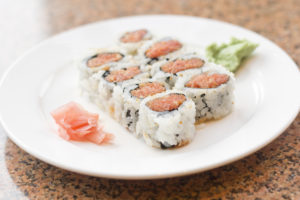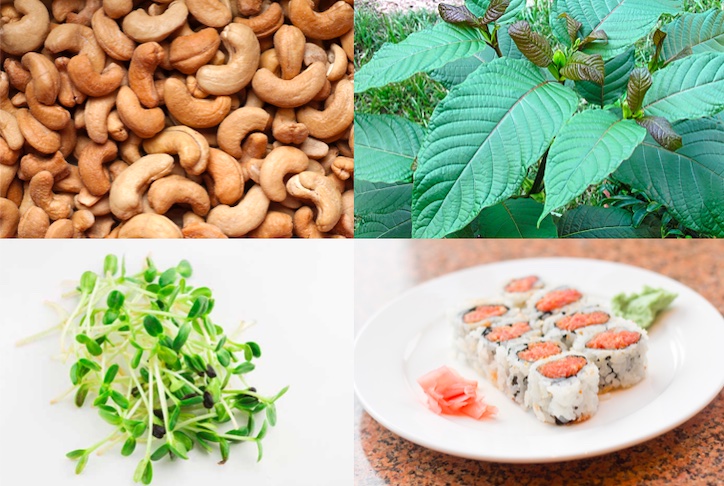Six people have been sickened in a Salmonella Weltevreden outbreak, according to the Centers for Disease Control and Prevention (CDC). Health officials are working to identify the food source. Past outbreaks have been linked to cashew cheese, fish, seafood, sprouts and kratom
Contact the Pritzker Hageman Salmonella Lawyers Today
Phone: 888-377-8900 | Text: 612-261-0856
Contact our Salmonella Food Safety Lawyers Online
Previous Salmonella Weltevreden Outbreaks
Salmonella Weltevreden is an emerging cause of illnesses in tropical regions, according to a recent study. In Asia, it has been linked to outbreaks associated with fish and seafood. In Scandinavia, it was linked to an outbreak associated with alfalfa sprouts. A 2018 outbreak in Canada was linked to fermented vegan cheese made from cashews.
Four years before the outbreak in Canada, Salmonella Weltevreden made an appearance in an investigation of a Salmonella Stanley outbreak linked to unpasteurized cashew cheese. The vegan cheese, made by Cultured Kitchen of West Sacramento, CA., sickened 17 people in three states in 2014.
Some samples of fermenting cashews taken from The Cultured Kitchen tested positive for Salmonella Weltevreden. But no illnesses were linked to the strain, so Salmonella Stanley was the only identified outbreak strain. Cashews fit with the study’s identification of tropical regions as hotspots for this strain. Cashews are tree nuts that can only grow in tropical regions and are not produced commercially in the United States, according to the CDC.
In 2015, a Salmonella outbreak linked to frozen raw tuna sickened 65 people in 11 states. Eleven people were hospitalized. The contaminated tuna frozen product was imported from Indonesia by Osamu Corporation of Long Beach, CA. Salmonella Weltevreden was one of two outbreak strains were associated with the outbreak. The other outbreak strain was Salmonella Paratyphi B varying L(+) tartrate(+).
Between 2006 and 2015, fewer than 100 cases of Salmonella Weltevreden were reported annually in the U.S. In 2016, 131 cases were reported.
In 2018, a Salmonella outbreak linked to kratom sickened 199 people in 41 states. Fifty people were hospitalized, 26 products were recalled. Salmonella Weltevreden was one of six Salmonella strains linked to the outbreak.
Kratom is a tropical plant that grows naturally in Thailand, Malaysia, Indonesia, and Papua New Guinea. People consume kratom for its stimulant effects and as an opioid substitute. People sickened in the outbreak consumed products containing kratom in the form of capsules, pills, powder, leaves and tea. However, there are no FDA-approved kratom products.
Salmonella Weltevreden in Hot Peppers
In 2016 and 2017, the FDA did a Salmonella sampling program of domestic and imported hot peppers. The prevalence of Salmonella in imported peppers was significantly higher in imported peppers than in domestic. Salmonella Weltevreden was one of more than two dozen strains detected in a variety of peppers including: Ají, Anaheim, Caribe, Finger, Green Chili, Habanero, Jalapeño, Pasilla, Pimiento, Poblano, Scotch Bonnet, Serrano, Thai Chili and Yellow Chili.
Salmonella Lawyers with Experience
If you contracted a Salmonella Weltevreden infection and would like a free consultation with an experienced Salmonella lawyer, please contact the Pritzker Hageman Salmonella Legal Team. We have represented clients in every major Salmonella outbreak in the U.S. You can reach us by calling 1-888-377-8900, sending a text to 612-261-0856, or by completing the form below. There is no obligation and we don’t get paid unless we win.


